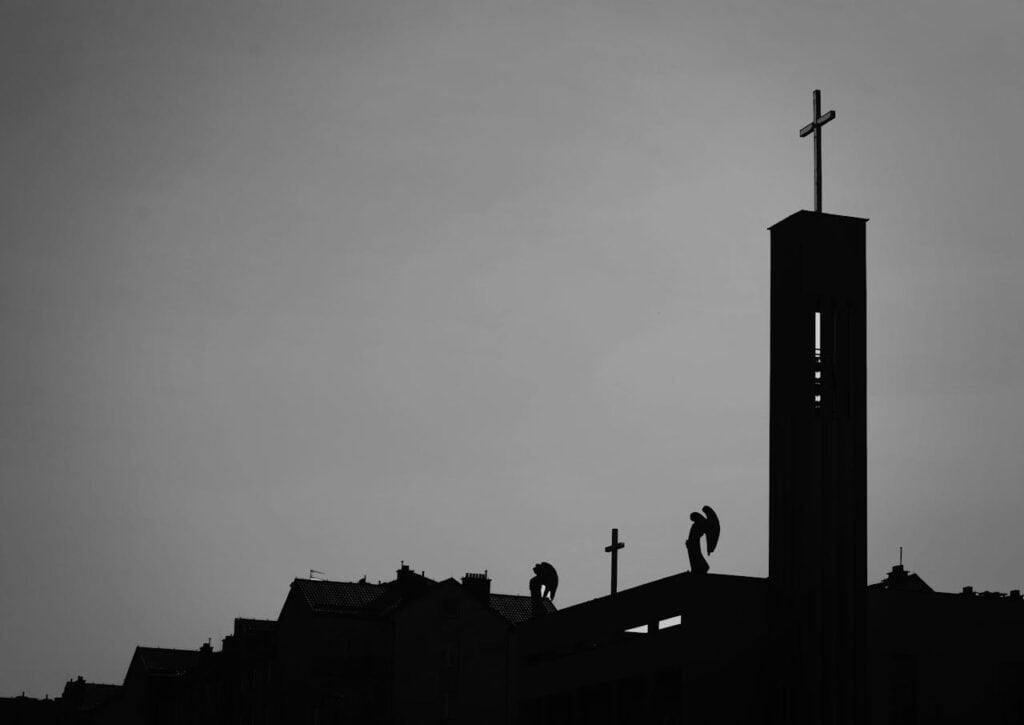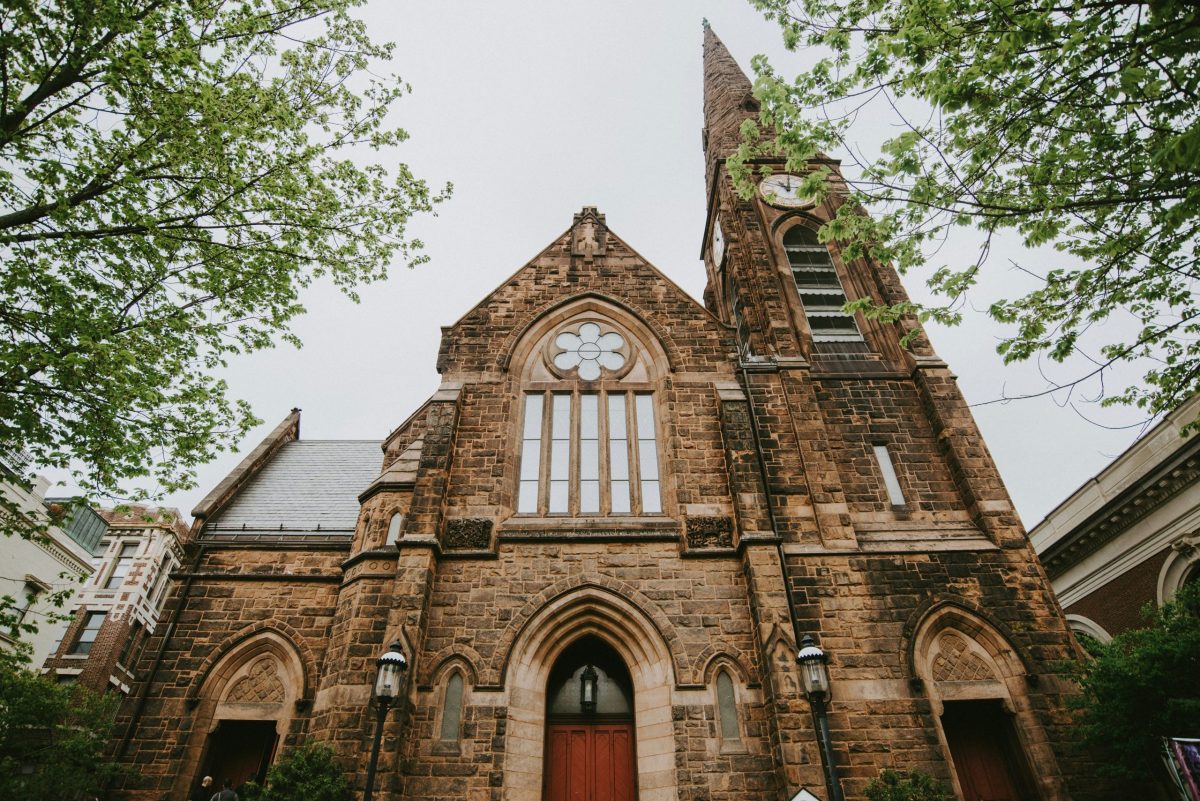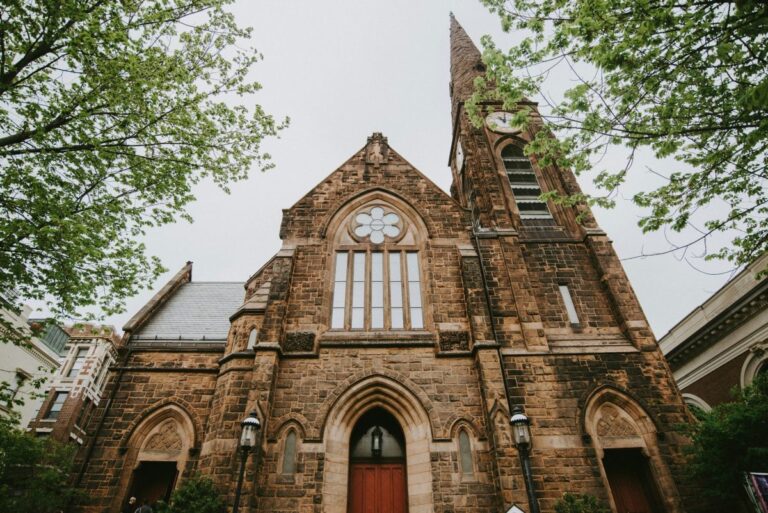Saint Fidelis of Sigmaringen 17th Century German Friar and Martyr
Saint Fidelis of Sigmaringen was born in 1577, and he died on April 24, 1622. He was a German Capuchin friar who was involved in the Catholic Counter-Reformation. On April 24, 1622, in a campaign organized by the Habsburgs, he was preaching under the protection of Austrian imperial soldiers in the Church at Seewis. During the sermon, his listeners were called “to arms” by the Calvinist agitators outside. Some of the people went to face the Austrian troops outside the church. Saint Fidelis of Sigmaringen was confronted by 20 Calvinist soldiers who demanded unsuccessfully that he renounce the Catholic faith, and when he refused, they subsequently murdered him. Can you imagine a stranger’s death?
Saint Fidelis of Sigmaringen Biography

Saint Fidelis of Sigmaringen was born Mark Roy or Rey in 1577, in Sigmaringen, a town in modern-day Germany. He studied law and philosophy at the University of Freiburg. He subsequently taught philosophy at this university, ultimately earning the degree of Doctor of Law. During his time as a student, he did not drink wine and wore a hair-shirt. He was known for his modesty, meekness, and chastity.
In 1604, Saint Fidelis of Sigmaringen accompanied, as a mentor, three young Swabian men on their travels through parts of Europe. During six years of travel, he attended Mass frequently. In every town they came to, he visited the hospitals and churches, passed several hours on his knees before the Blessed Sacrament, and was generous to the poor, sometimes giving them the very clothes off his back.
Upon his return, Saint Fidelis of Sigmaringen practiced law as a counselor in Alsace, France, where he came to be known as the ‘poor man’s lawyer’. He scrupulously forbore all invectives, detractions, and whatever might affect the reputation of any adversary. He did not like being a lawyer, thinking it evil, and he determined to join his brother George as a Capuchin friar.
When Saint Fidelis of Sigmaringen entered the Capuchin order, he got the religious name Fidelis, the Latin word for “faithful,” alluding to that text from the Book of Revelation which promises a crown of life to him who shall continue faithful to the end. He finished his novitiate and studies for the priesthood, saying his first Mass at the Capuchin friary in Freiburg on October 4, 1612.
As soon as Saint Fidelis of Sigmaringen finished his course of theology, he preached and heard confessions. He became the guardian of the Capuchin friary in Weltkirchen, Austria. During a severe epidemic in a city, he cared for and cured several sick soldiers. Many residents of the neighboring places were reformed by him, and several Calvinists were converted.
The Calvinists threatened Saint Fidelis of Sigmaringen’s life, and he prepared himself for martyrdom. The effects of his ardent zeal, about which the Bishop of Coire sent a lengthy and full account to the Congregation for the Propagation of the Faith, enraged the Calvinists in that province. On 24 April 24 1622, Saint Fidelis of Sigmaringen made his confession, celebrated Mass, and then preached at Grüsch. At the end of his sermon, which he had delivered with more than ordinary zeal, he stood silent all of a sudden, with his eyes fixed upon Heaven, in ecstasy. He was killed that very day.
Saint Fidelis of Sigmaringen Veneration

It is said that a Catholic woman lay concealed near the place of Saint Fidelis of Sigmaringen’s martyrdom. After the soldiers had left, she came out to assess the incident and found the martyr’s eyes open, fixed on the heavens. He was buried by Catholics the next day. The rebels were soon defeated by the imperial troops, an event which the martyr had foretold. The Protestant minister who had participated in Fidelis’ martyrdom was converted by this incident.
After six months, Saint Fidelis of Sigmaringen’s body was found to be incorrupt, but his head and left arm were separated from his body. The body parts were then placed into two reliquaries. Saint Fidelis’ feast day in the Catholic Church is celebrated on 24 April. The separation of his left arm and head is a little strange.
Conclusion
When he was killed by Calvinists, they called him a false prophet and urged him to embrace their sect. He answered: “I am sent to you to confute, not to embrace your heresy. The Catholic religion is the faith of all ages. I fear not death.” One of them beat him down to the ground with a stroke on the head with his backsword. Fidelis rose again on his knees, and stretching forth his arms in the form of a cross, said with a feeble voice, “Pardon my enemies, O Lord: blinded by passion, they know not what they do. Lord Jesus, have mercy on me. Mary, Mother of God, succor me!







